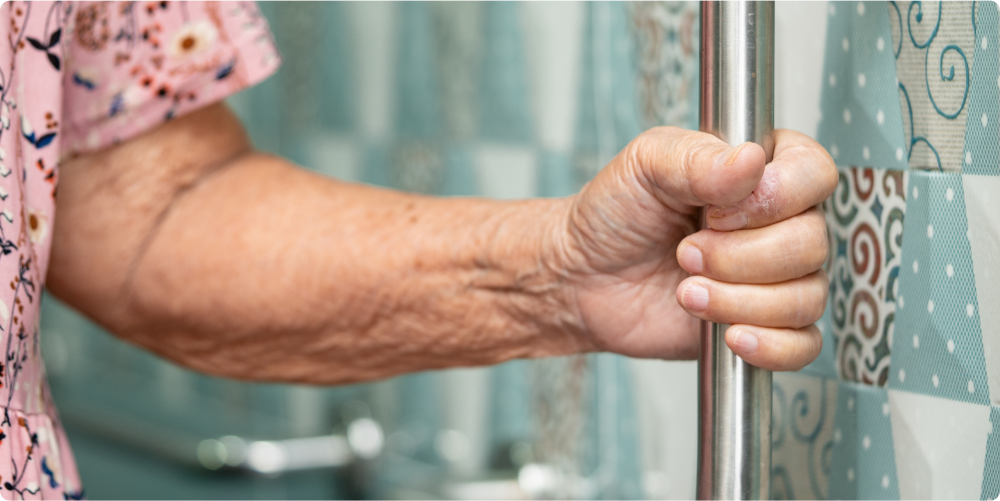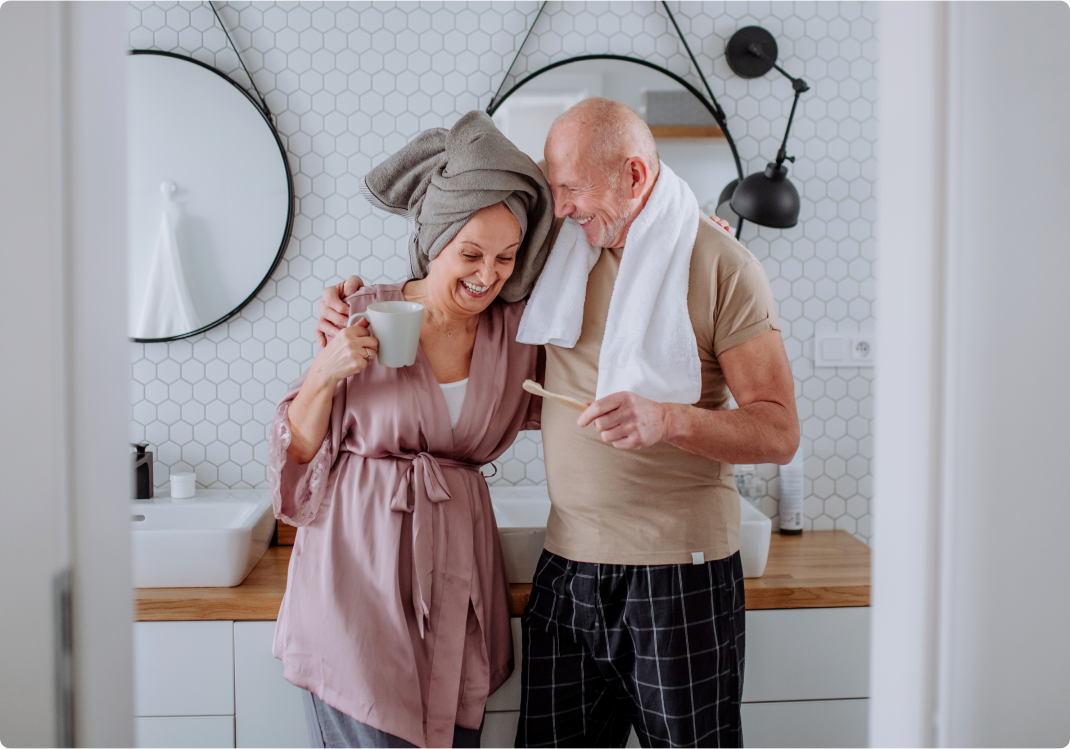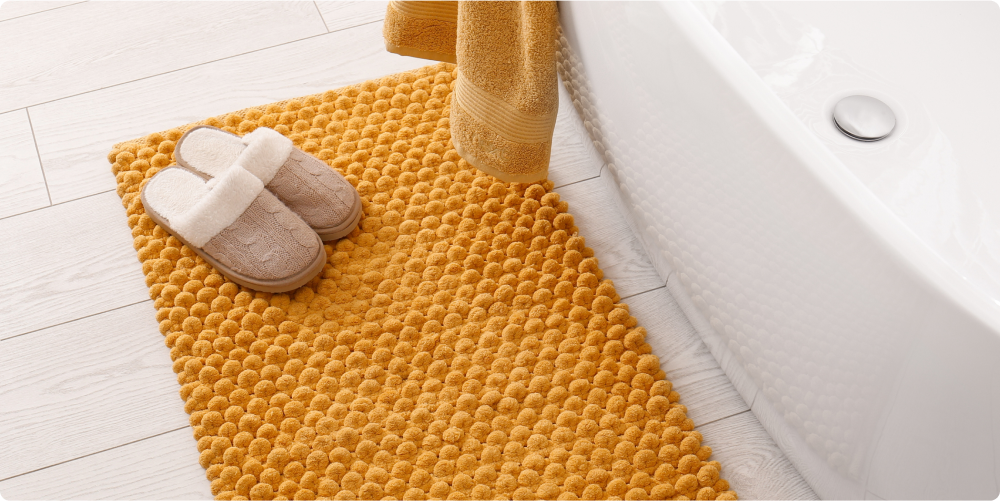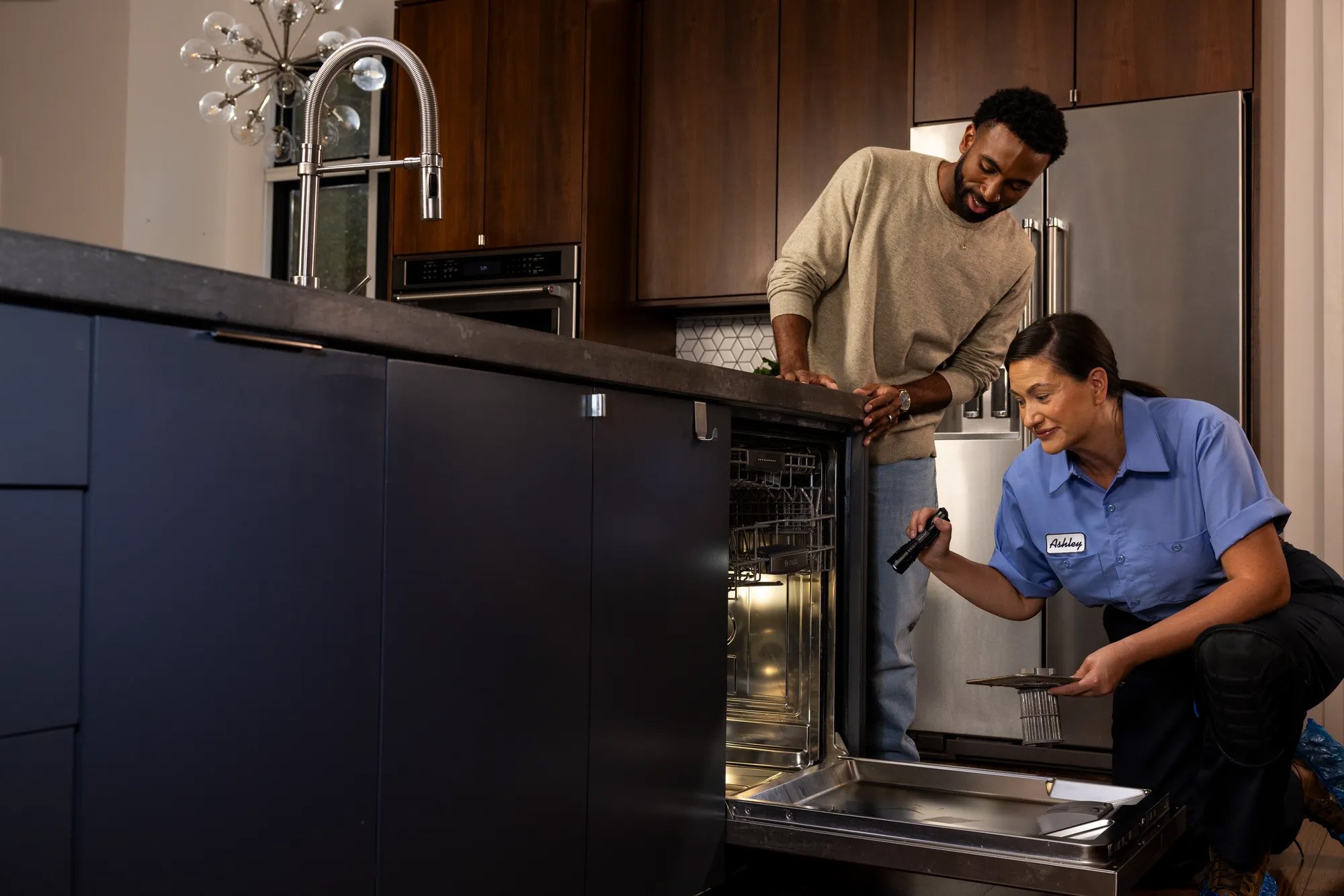Any time is a great time to consider how you can make changes in your bathroom to lessen potential accidents. Many personal injuries that occur at home occur in the bathroom. In fact, the Centers for Disease Control and Prevention (CDC) report that almost 200,000 Americans receive emergency room treatment for bathroom-related injuries every year.
Elderly members of your family who may have mobility and balance issues are especially susceptible to bathroom injuries. According to the National Council on Aging, one-fourth of older Americans fall each year. Further, a senior dies from a fall every 19 minutes.
For seniors, the most common bathroom hazards for the elderly include:
- Slippery shower stalls, bathtubs and floors
- Shower chairs that are not slip-resistant
- Low toilet seats
- Insufficiently secured towel racks or grab bars
Making a bathroom safe for the elderly: a guide
Fortunately, if you’re remodeling to accommodate older relatives or if you’re trying to assist an elderly person who is still living alone, improving shower safety for seniors is not a difficult task. Doing so will reduce the chances of a serious injury or even death. In fact, a few simple changes can make the bathroom safer for the elderly, and every member of your family.

Shower and tub safety precautions
Showers and tubs are ground zero for potential slip-and-fall accidents. But with a few modifications, shower-related bathroom hazards for the elderly can be greatly reduced.
- Grab bars: Install grab bars in easy-to-reach places to assist anyone with their balance and stability entering or exiting the shower or tub. Bars bolted to studs in the wall are preferable to suction cup bars, which can easily shift or become dislodged. All grab bars should feature a slip-resistant surface rather than a glossy finish.
- Tension pole: If grab bars are not suitable for your shower or tub, consider a tension pole. This fixture reaches from floor to ceiling and provides the elderly with something to hold onto for balance and support while bathing.
- Shower chair. In addition to providing stability for those with balance issues, a shower chair allows those who have difficulty standing for long periods to rest while bathing. Look for shower chairs whose legs are equipped with non-slip rubber tips.
- Handheld shower head: A shower head you can hold in your hand makes bathing much easier for the elderly, and being able to shower on their own gives them a greater sense of independence
- Nonslip mats or tape: Place these fixtures in shower pans and tub bottoms to help prevent slips and falls.
- Bathtub transfer bench: Bathtub transfer benches are designed to extend beyond the outside edge of the bathtub and are extremely beneficial for those who have difficulty stepping safely over the tub wall. Rather than stepping into and out of the bathing area, you simply slide and shift your weight from one end of the bench to the other.







